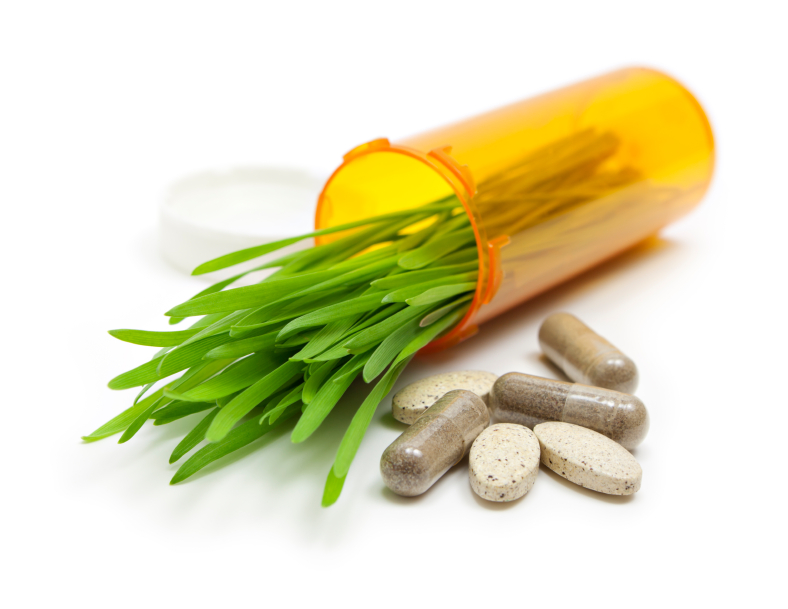For the past decade or more, the pharmaceutical industry has been hampered by numerous factors that have resulted in decreased profits. On one hand, operational costs are increasing across the board … as is the price of raw materials.
Most companies responded to these production expense increases — caused by inflation and supply chain issues — by raising their prices. However, prescription (Rx) drug fees are mostly regulated, making it difficult for pharma companies to respond to market fluctuations in the same manner as other industries.
Although of benefit, switching to over-the-counter (Rx-to-OTC) practices are not an unlimited source of new income; generics continue to drive down prices and the next big patent cliff is reportedly on the horizon in several markets.
Nutraceuticals, on the other hand, have proven to be somewhat resilient to various and often unprecedented conditions in recent years — including the recession in 2008 when there was only a slight decline in growth.
This is where the opportunity presents itself. With a shorter time to market, nutraceutical products offer a way to start generating revenue within an average of 1–2 years for new indications.
The associated regulatory requirements are much less demanding and the cost of development is consequently less. The time and risk metrics are especially low for already developed and market-tested private label or out-licensing solutions.
As consumers increasingly focus on preventive healthcare, it’s no wonder that the supplement market is already larger and growing faster than OTC drugs (according to Euromonitor). In 2020, the vitamin and dietary supplement (VDS) category actually surpassed that of OTC drugs for the first time.
This historic event had been predicted to happen, but the pandemic fast-tracked its occurrence by several years. According to the same source, supplements are expected to grow at a compound annual growth rate (CAGR) of almost 5% between 2022 and 2026, corresponding to a revenue increase of $27.1 billion. At the same time, the OTC segment is predicted to grow at a CAGR of approximately 4.5% to reach a value of $25.4 billion.
This not only speaks volumes about shifting consumer attitudes from treatment to prevention, but also about the increasing importance of supplements for the pharmaceutical industry.
Unsurprisingly, supplements present an increasingly large share of pharma company portfolios. According to Euromonitor, supplements remained Bayer’s best-performing consumer healthcare category in 2022 and created higher absolute growth last year than OTC drugs.
Bayer’s VDS segment, led by brands such as Berocca and redoxon, accounted for 29% of the company’s sales in 2022, generating $2.5 billion. Many pharma market leaders have recently decided to invest in launching added-value nutraceutical products. For example, Bayer launched Dicoflor IBSIUM in 2023, a product based on branded probiotics.
In March 2023, Haleon launched PanaNatra, a natural alternative to their world-famous pain killer drug Panadol, again based on branded ingredients. Even in less developed markets, such as Brazil, Abbott launched orodispersible SoftDGo vitamin D tablets in in 2022.
Haleon entering the pain segment highlights the realisation that pharma companies have been limiting themselves to only addressing the “need state” of consumers. The recent extension of the Excedrin migraine drug brand with supplements for preventive antimigraine use and post-migraine recovery demonstrates Haleon’s clever strategy to engage with consumers during the condition’s full lifecycle.

Therefore, even during the boom times for OTC drugs, supplements still present an important opportunity to expand the product offering and appeal to consumers both pre- and post-disease.
Not only are Big Pharma brands launching nutraceuticals, they are also acquiring more supplement brands, splitting off their consumer health businesses (Haleon and Kenvue, for example) and creating partnerships in the supplement space.
For example, Haleon recently partnered with Hologram Sciences to develop personalised supplement solutions and Johnson & Johnson partnered with Holobiome to develop next-generation pro/prebiotics for infant and maternal health.
Additionally, it is now clear that promotion through the channels that pharma companies normally use for OTC drugs (a combination of medical detailing and above the line [ATL] marketing) is also possible — and successful — for supplements.
When thinking about nutraceuticals, many pharma executives still have the impression that these are commodity based, cheap, simple and ineffective products. However, an increasing number of high-quality clinically studied nutraceuticals is crushing this myth.
With case studies in markets from Western Europe to Southeast Asia, we see first-hand that nutraceuticals can reach impressive sell-out numbers when sold through pharmacies and promoted through healthcare professionals.
The pharma-nutra convergence is becoming a reality. Pharmaceutical companies are increasingly tapping into the preventive segment by launching their own supplement products and brands. With the success it has been bringing so far and the development of wearable technology that will highlight the efficacy of supplements, we can expect this trend to continue and permanently reshape the nutraceutical industry.
